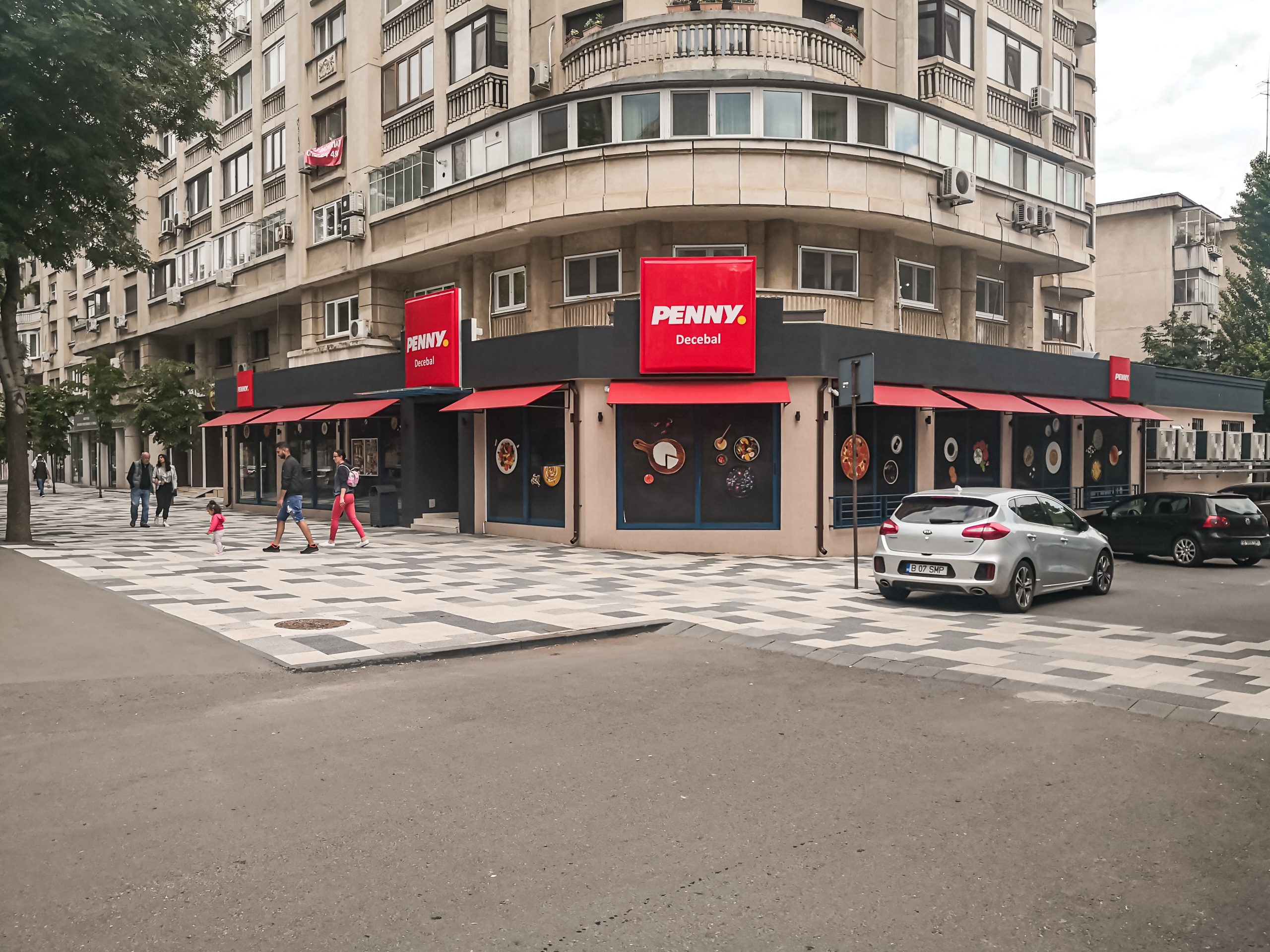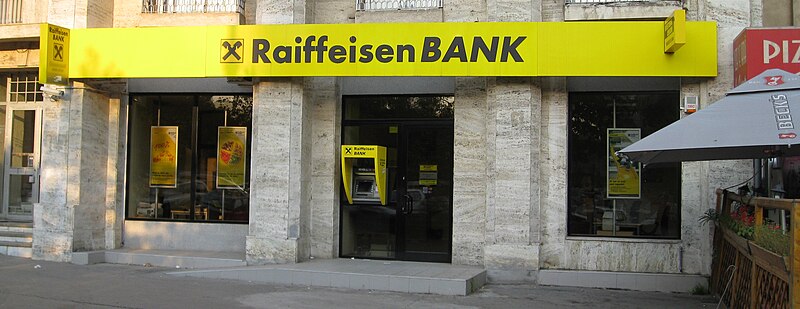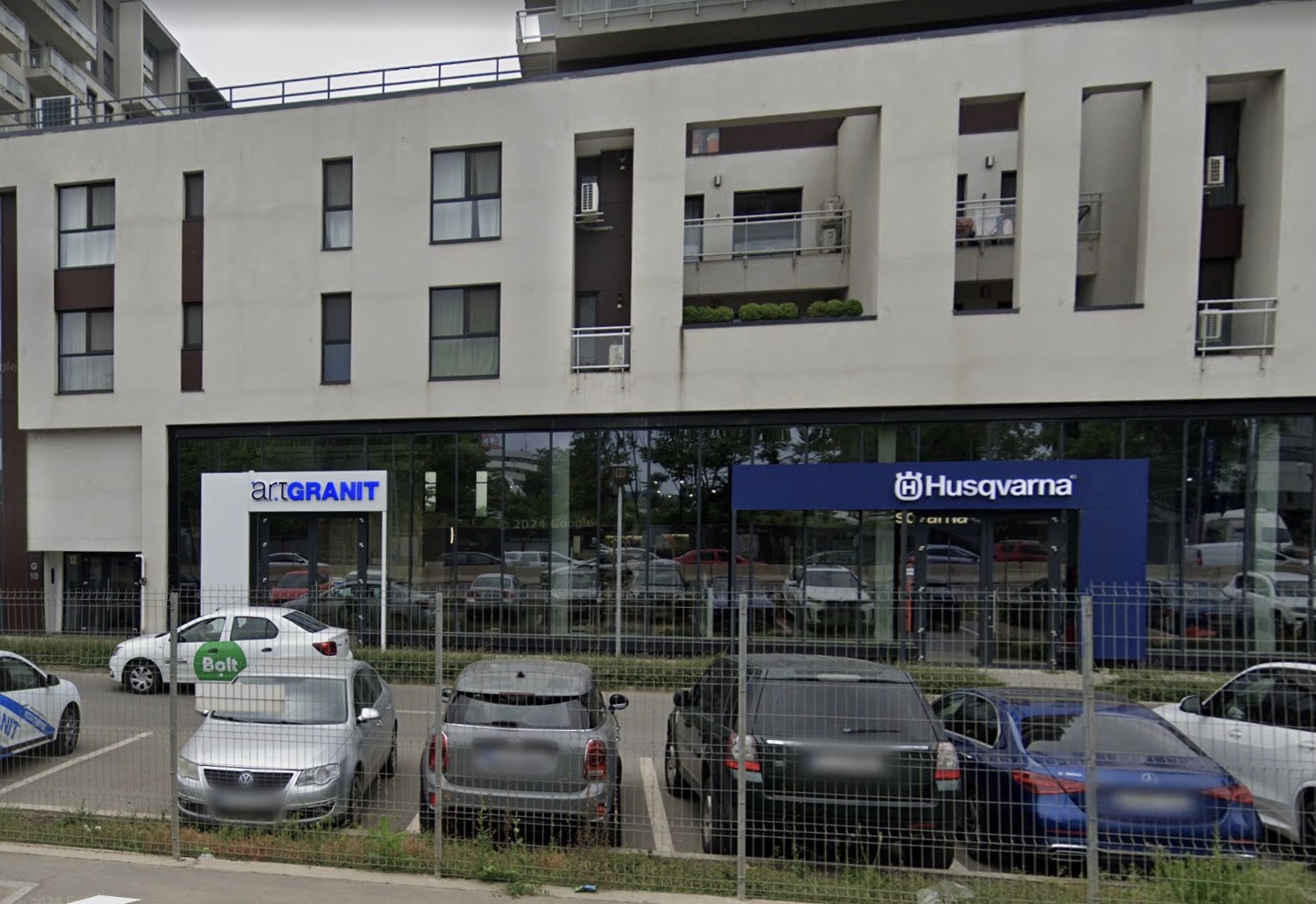From transaction to connection
In the evolving landscape of urban design, the ground floor represents the foundational interface between architecture and human experience. As experts in business strategy, and marketing, we at UBRIS recognize that revitalizing this layer isn’t just about aesthetics—it’s a strategic pivot toward sustainable community ecosystems that drive long-term value for residents, businesses, and cities alike.
What we observed
Modern urban ground floors often fall short of their potential, trapped in a cycle of functionality over vitality:
- Dominance of transactional spaces: Pharmacies, banks, betting shops, and neon-lit retail outlets prioritize quick exchanges over meaningful interactions.
- Absence of human rituals: No spaces for pause, connection, or daily rituals—resulting in environments devoid of warmth or eye contact.
- Efficiency without emotion: Designed for entrances, ATMs, and queues, these areas lack the soul that fosters belonging.
- Retreat to alternatives: Residents escape to malls or digital screens for a sense of life, as neighborhood streets feel emotionally barren.
- Underutilized public space: While present, these zones remain unlived, creating emotional dead zones in the city’s fabric.
This disconnection not only erodes community cohesion but also represents a missed marketing opportunity for developers to position properties as vibrant, livable hubs.
What we propose
At UBRIS, our 2-Minute City model reclaims the ground floor as the pulsating core of urban life, integrating business strategy with innovative urban design:
- Heart of the community: Transform sterile utilities into inviting spaces like community cafés, cultural nooks, children’s libraries, micro-workshops, parent hubs, and event corners.
- Relocation for rhythm: Shift retail and logistics to subterranean levels (-1), liberating the surface for organic, human-centered interactions.
- Everyday integration: Bring life back to street level—not solely for commerce, but as a canvas for connection, where passing through naturally evolves into staying.
This approach aligns with sustainable business models, reducing operational costs while enhancing property appeal and resident retention through experiential marketing.
How it changes life
Imagine a seamless blend of convenience and community:
- Daily connections: Greet neighbors over coffee just downstairs, fostering organic relationships.
- Safe, local play: Children engage in secure play areas adjacent to home, eliminating distant commutes to parks.
- On-site opportunities: Attend workshops or meetings within your block, blending work and life effortlessly.
- Inclusive for all ages: Elderly residents find accessible spots to socialize and be visible, combating isolation.
- Efficient logistics: Deliveries hum silently underground, maintaining peace above.
These shifts not only improve quality of life but also create marketable narratives that position the 2-Minute City as a premium, forward-thinking investment.
Why it matters
Cities thrive when their foundations pulse with energy. Revitalizing the ground floor isn’t optional—it’s essential for rebuilding urban vitality. Life unfolds not in isolated corridors, but at the intersection of street and soul. In business terms, this creates differentiated value: higher occupancy rates, community loyalty, and a scalable model for urban regeneration across Europe.




